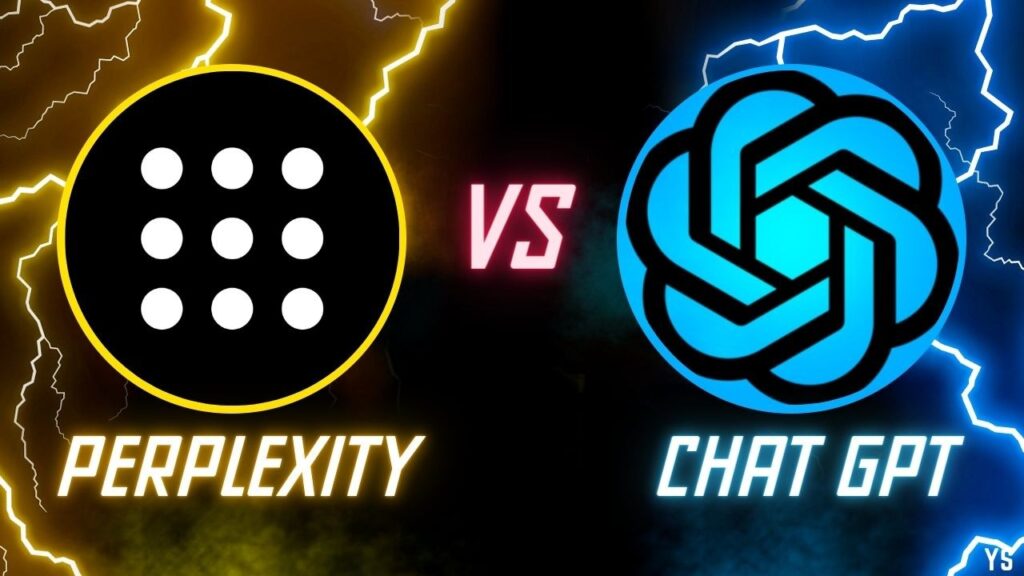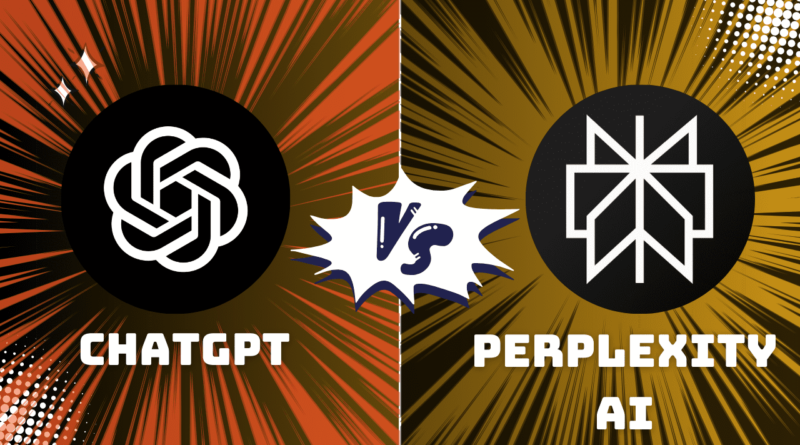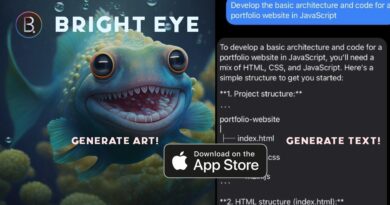ChatGPT vs Perplexity AI: AI App Comparison
Artificial Intelligence (AI) has revolutionized the way we interact with technology. From chatbots to search engines, AI-powered applications are becoming increasingly prevalent in our daily lives. Two such applications, ChatGPT and Perplexity AI, have gained significant attention for their unique capabilities in the AI landscape. In this article, we will compare these two AI apps to understand their strengths, use cases, and how they cater to different user needs.
Introduction to ChatGPT
ChatGPT, developed by OpenAI, is a powerful AI platform known for its conversational AI capabilities. Leveraging the power of Generative Pre-trained Transformer (GPT) models, ChatGPT can generate human-like text responses across a wide range of topics. Whether it’s engaging in casual conversations or discussing complex technical subjects, ChatGPT excels in providing coherent and contextually relevant dialogues.
With its versatility and ability to understand natural language, ChatGPT has found applications in various domains. Content creators, educators, and customer service providers benefit from ChatGPT’s ability to generate informative and engaging responses. Additionally, its integration with tools like DALL-E enables image generation from textual descriptions, further enhancing its usability.
Introduction to Perplexity AI
Perplexity AI, on the other hand, is an AI search engine and chatbot that focuses on delivering accurate and comprehensive answers to user queries. Powered by Natural Language Processing (NLP) and machine learning technologies, Perplexity AI provides real-time, up-to-date information from diverse sources. It particularly shines in offering source citations for its responses, ensuring transparency and credibility.
The ability of Perplexity AI to provide reliable information makes it an invaluable tool for academic research, professionals, and students seeking in-depth data. Its features, such as real-time web search and content handling, position it as a preferred choice for users who prioritize accuracy and depth in information retrieval.

Comparative Analysis: ChatGPT vs. Perplexity AI
1. Conversational Capabilities
ChatGPT shines in its ability to generate engaging and human-like conversations. It can seamlessly carry a dialogue across various topics, making it suitable for applications like content creation and customer service. Its versatility and understanding of natural language give it an edge in creating interactive conversations.
On the other hand, Perplexity AI prioritizes accuracy and reliability in its responses. It excels in delivering in-depth information backed by credible sources. Users seeking accurate and citation-backed information would find Perplexity AI more suitable for their needs.
2. Use Cases
ChatGPT finds applications in various domains due to its conversational capabilities. Content creators can leverage ChatGPT to generate engaging blog posts, social media content, or even fictional narratives. Educators can use it to develop interactive learning experiences, while customer service providers can utilize it for efficient and personalized support.
Perplexity AI, with its emphasis on accurate information retrieval, is ideal for academic research, data analysis, and professional inquiries. Researchers, students, and professionals can rely on Perplexity AI to obtain comprehensive and reliable answers to their queries. The ability to provide source citations adds transparency and credibility to the information retrieved.
3. Strengths and Limitations
ChatGPT’s strength lies in its conversational abilities and versatility. However, it may sometimes generate responses that lack accuracy or rely on fictional information. While efforts have been made to minimize such issues, occasional inaccuracies in responses can still occur.
Perplexity AI, on the other hand, excels in delivering accurate and citation-backed information. Its real-time web search and content handling capabilities ensure users receive the most up-to-date and reliable information. However, Perplexity AI may not provide the same level of engaging conversations as ChatGPT, as it prioritizes factual accuracy over dialogue quality.
4. User Priorities
The choice between ChatGPT and Perplexity AI ultimately depends on the user’s specific needs and priorities. If a user requires an AI companion for engaging in conversations, content generation, or customer service, ChatGPT would be a suitable choice.
On the other hand, users who prioritize accuracy, credible information, and source citations would find Perplexity AI more beneficial. Researchers, students, and professionals seeking in-depth data and reliable answers will appreciate Perplexity AI’s capabilities.
Conclusion
In the ever-evolving landscape of AI applications, ChatGPT and Perplexity AI stand out for their unique strengths and use cases. ChatGPT’s conversational capabilities make it suitable for content creation and customer engagement, while Perplexity AI’s focus on accurate information retrieval caters to the needs of researchers and professionals.
Ultimately, the choice between ChatGPT and Perplexity AI depends on the specific requirements of the user. Whether it’s engaging conversations or reliable information, both platforms offer valuable solutions in the AI space. As AI continues to evolve, we can expect further advancements in these applications, expanding their capabilities and addressing the varied demands of users.
Don’t forget to follow us on LinkedIn. Do join our active AI community on Discord.
If you like our work, you will love our Newsletter 📰







Pingback: Perplexity AI vs ChatGPT: In-Depth Analysis and Practical Applications - chatgptguide.ai